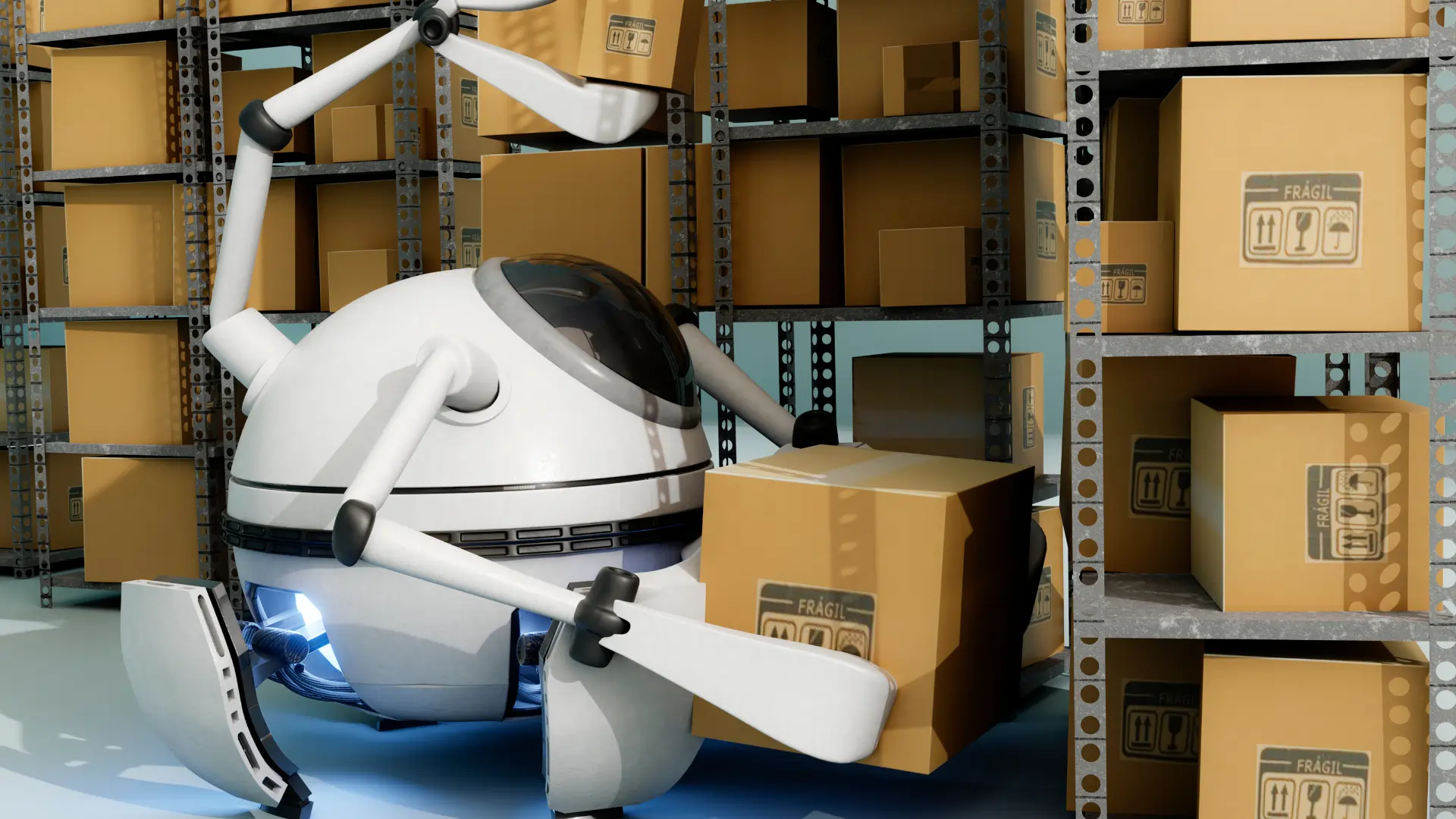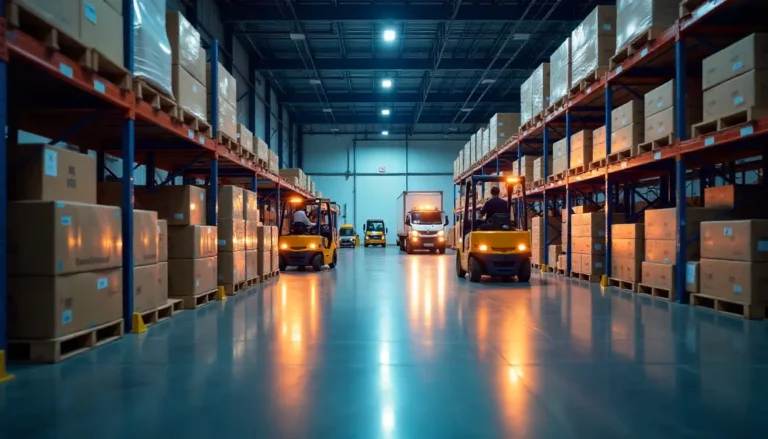
Robotics in Smart Warehousing
The modern warehouse is no longer a static storage space; it’s a dynamic, data-driven hub of activity. In this evolving landscape, robotics is playing a pivotal role in transforming warehouses into smart, efficient, and agile operations. The integration of robotics in warehousing is not merely about automation; it’s about creating intelligent systems that optimize processes, enhance productivity, and adapt to the ever-changing demands of the supply chain.
Smart warehousing leverages robotics to automate a wide range of tasks, from inventory management to order fulfillment. These robotic systems are designed to work seamlessly with human workers, creating a collaborative environment that maximizes efficiency and minimizes errors. The adoption of robotics in warehousing is driven by the need to address challenges such as labor shortages, increasing e-commerce demands, and the need for faster delivery times.
Automating Inventory Management and Storage
One of the most significant impacts of robotics in smart warehousing is the automation of inventory management and storage. Autonomous mobile robots (AMRs) and automated storage and retrieval systems (AS/RS) are revolutionizing how goods are stored and retrieved. AMRs can navigate the warehouse floor, transporting goods between storage locations and picking stations. AS/RS, on the other hand, utilizes automated cranes and shuttles to store and retrieve goods from high-density storage racks. These robotic systems provide real-time inventory visibility, reduce storage space requirements, and minimize the risk of errors.
These robots are not just about speed; they are about accuracy. By using advanced sensors and software, robotic systems can track inventory levels, monitor stock movements, and generate reports on inventory turnover. This data-driven approach allows warehouse managers to make informed decisions about inventory replenishment, storage optimization, and demand forecasting.
Enhancing Order Fulfillment and Picking Processes
Order fulfillment is a critical process in any warehouse, and robotics is playing a crucial role in streamlining this operation. Robotic picking systems, equipped with AI-powered vision and gripping capabilities, can accurately pick items from shelves and bins, reducing the need for manual labor. These systems can handle a wide range of products, from small items to large and bulky goods.
Furthermore, collaborative robots, or cobots, are being used to assist human workers in picking and packing operations. Cobots can work alongside humans, handling repetitive and physically demanding tasks, allowing human workers to focus on more complex and value-added activities. This collaborative approach not only improves efficiency but also enhances worker safety and ergonomics.
Optimizing Material Handling and Transportation
Material handling and transportation are essential functions in any warehouse, and robotics is transforming these processes. Automated guided vehicles (AGVs) and conveyor systems are being used to transport goods between different areas of the warehouse, reducing the need for manual handling. These systems can be programmed to follow predefined routes, optimizing material flow and minimizing transportation times.
Moreover, drones are being explored for their potential to automate indoor and outdoor material handling. Drones can be used to transport small items within the warehouse or even between different warehouses, providing a flexible and efficient solution for last-mile delivery. The use of drones in warehousing is still in its early stages, but it holds immense potential for the future.
Data-Driven Optimization and Predictive Maintenance
Smart warehousing relies heavily on data analytics to optimize operations and improve efficiency. Robotic systems generate vast amounts of data, which can be analyzed to identify trends, patterns, and areas for improvement. This data-driven approach allows warehouse managers to make informed decisions about resource allocation, process optimization, and demand forecasting.
Furthermore, AI-powered predictive maintenance is being used to prevent equipment failures and minimize downtime. By analyzing sensor data and equipment performance, AI algorithms can predict when maintenance is required, allowing for proactive interventions. This predictive maintenance approach not only reduces costs but also ensures that robotic systems are operating at peak performance.
The role of robotics in smart warehousing is transformative. By automating key processes, enhancing efficiency, and enabling data-driven decision making, robotics is reshaping the future of logistics. As technology continues to advance, we can expect to see even more innovative applications of robotics in warehousing, further optimizing operations and driving the evolution of the supply chain.





